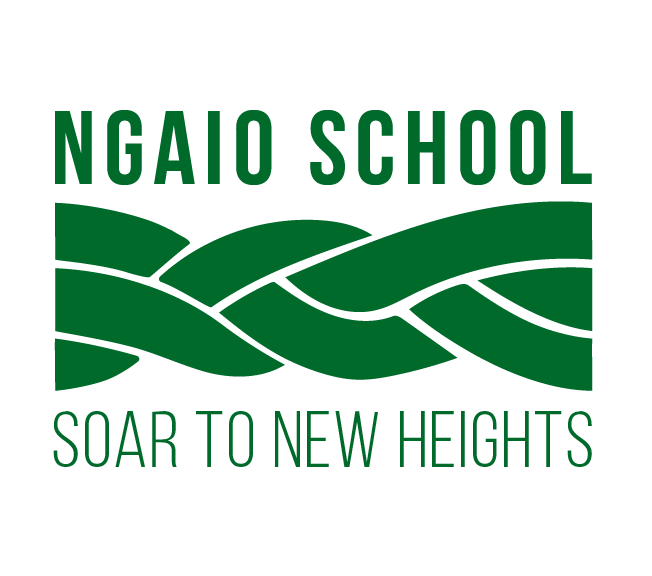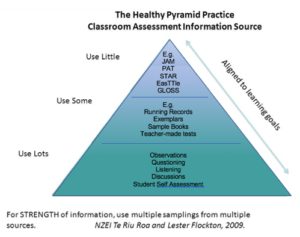Literacy is integrated across the curriculum so children have wide ranging opportunities to practice their learning.
Understanding, using, and creating oral, written, and visual texts of increasing complexity is at the heart of our literacy programmes. By engaging with text-based activities, students become increasingly skilled and sophisticated speakers and listeners, writers and readers, presenters and viewers.
Students begin reading and writing from their first day at school. Teachers build on the literacy knowledge, skills, and attitudes that students bring to their school learning. In Year 1, much of the school day revolves around literacy. Teachers provide many opportunities for students to read and write independently and to engage in purposeful literacy tasks.
Focused teaching and many opportunities to engage in talk help students’ oral vocabularies to keep expanding rapidly. Students enjoy identifying and using new words, phrases, and language patterns that they discover in the books and poems they hear or read. They are constantly refining their ability to aurally distinguish sounds in spoken words.
Instructional reading books are carefully levelled and provide a gradient of difficulty to support students in developing effective reading processing systems. As students read these texts, teachers help them to draw on their oral language, and on understandings gained from their writing, as they acquire and consolidate basic reading skills and knowledge of letters and sounds. Students have many opportunities for independent reading to strengthen their reading processing systems.
In their second year at school, students are engaging with a wide variety of texts for a number of purposes. They are reading longer texts with increasing independence and with appropriate intonation, expression, and phrasing. With teacher guidance, students draw on a wider range of comprehension strategies to help them think more deeply about what they read.
In their third year at school, students are beginning to use texts to meet the demands of learning across the curriculum as well as for instructional reading purposes. They confidently use a range of processing and comprehension strategies to make meaning from and think critically about longer and more complex texts.
Students in year 4 are reading texts for instructional reading purposes, and they are also increasingly required to use texts to meet the demands of the curriculum as an integral part of their regular classroom programme. Students read texts in order to locate and evaluate information and ideas about a range of subjects as they generate and answer questions to meet specific learning purposes.
The transition into year 5 brings with it a significant step up in terms of the demand for students to use their reading as an interactive tool for learning. Although they continue to read texts as part of their literacy learning programme, most of the texts that students are now required to read are instructional materials from across the curriculum. The texts and tasks are similar for students in year 5 and year 6. Students read in order to locate, evaluate, and integrate information and ideas within and across a small range of texts as they generate and answer questions to meet specific learning purposes across the curriculum.
During these two years, students continue to develop their accuracy and fluency as readers of a variety of texts. They increase their level of control and independence in selecting strategies for using texts to support their learning. By the end of year 6, students are required to read longer texts more quickly and to select appropriate strategies for different reading purposes more effectively than students in year 5.
Writing
In their first year of school, students create many texts for a range of purposes across the curriculum. They plan for writing, using talk and pictures, and they attempt to record their ideas and experiences in print.
At first, there is a high level of scaffolding as teachers help students to:
- hold an idea in their head long enough to write it down
- say, hear, and record the predominant sounds in the words they want to write
- write from left to right and leave spaces between words
- form letters accurately.
Gradually, the support alters as teachers help students to build and strengthen their processing systems and to create longer, more complex texts. Students in the first year of school are becoming increasingly aware of the purposes for their writing, and they use a range of text forms. They can express their ideas in increasingly interesting ways as they gain control over using more complex language structures, including varied ways of beginning sentences.
In their second year at school, students create texts for instructional writing purposes as well as to support their other learning across the curriculum. They write in order to think about, record, and communicate experiences, ideas, and information that relate to a curriculum topic.
In their third year at school, students create texts for instructional writing purposes as well as to meet other learning purposes across the curriculum. They write in order to think about, record, and communicate experiences, ideas, and information.
After three years at school, students independently create texts using a process that will help them achieve their specific purpose for writing. Where appropriate, their texts are clearly directed to a particular audience through appropriate choice of content, language, and text form.
The transition into year 5 brings with it a significant step up in terms of the demand for students to use their writing as an interactive tool for learning. Although they continue to create texts as part of their instructional writing programme, most of the texts that students are required to write in years 5 and 6 are intended to meet the demands of the curriculum. The texts and tasks are similar for students in year 5 and year 6. They use their writing to think about, record, and communicate experiences, ideas, and information to meet specific learning purposes across the curriculum.
During these two years, students write about increasingly challenging subject matter. They increase their level of control and independence in selecting processes and strategies to write texts for a range of purposes that includes recounting, describing, narrating, reporting, arguing, and explaining. By the end of year 6, students are required to write more complex texts than students in year 5. They independently create texts that are appropriate for their purposes and audiences, choosing effective content, language, and text structures.


 Assessment Diagram. The assessment tools we use at Ngaio School are 5 year old and 6 year old Observation Survey, e-asTTle Writing Reading & Mathematics, STAR, PAT (Maths), Junior School Mathematics Assessment, GloSS, running records and Essential Spelling List testing.
Assessment Diagram. The assessment tools we use at Ngaio School are 5 year old and 6 year old Observation Survey, e-asTTle Writing Reading & Mathematics, STAR, PAT (Maths), Junior School Mathematics Assessment, GloSS, running records and Essential Spelling List testing.